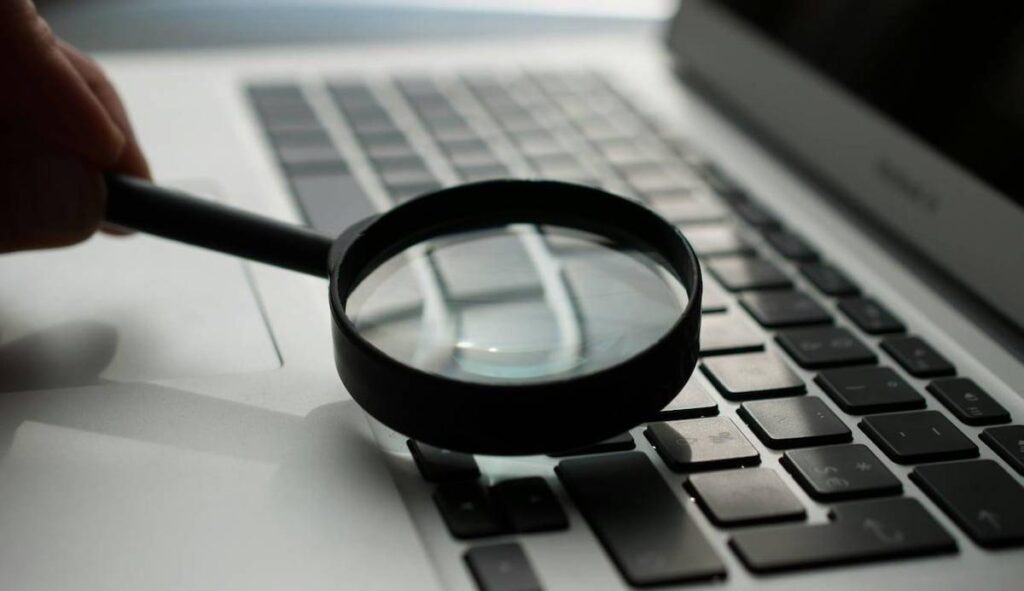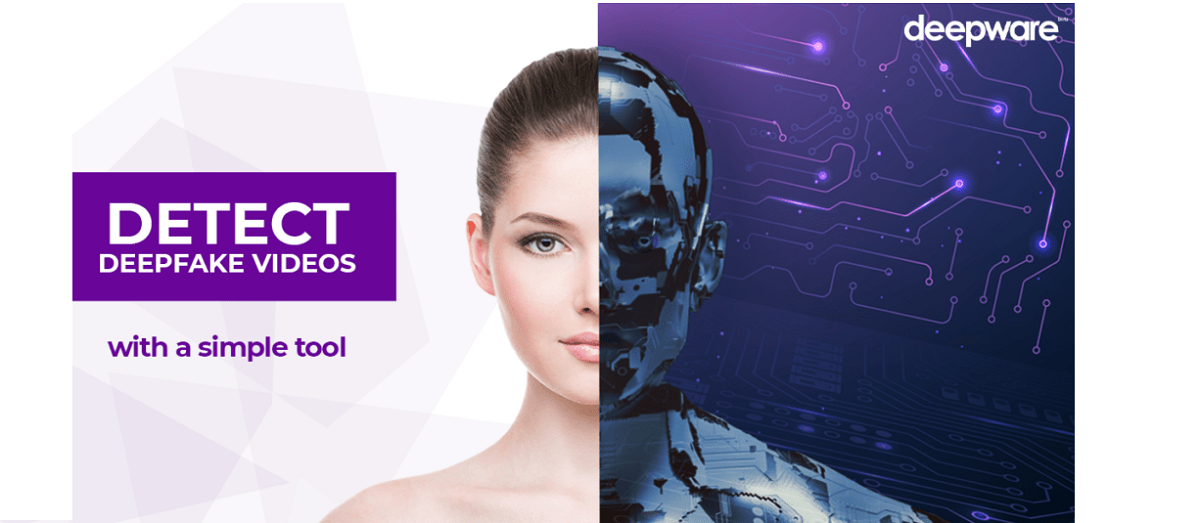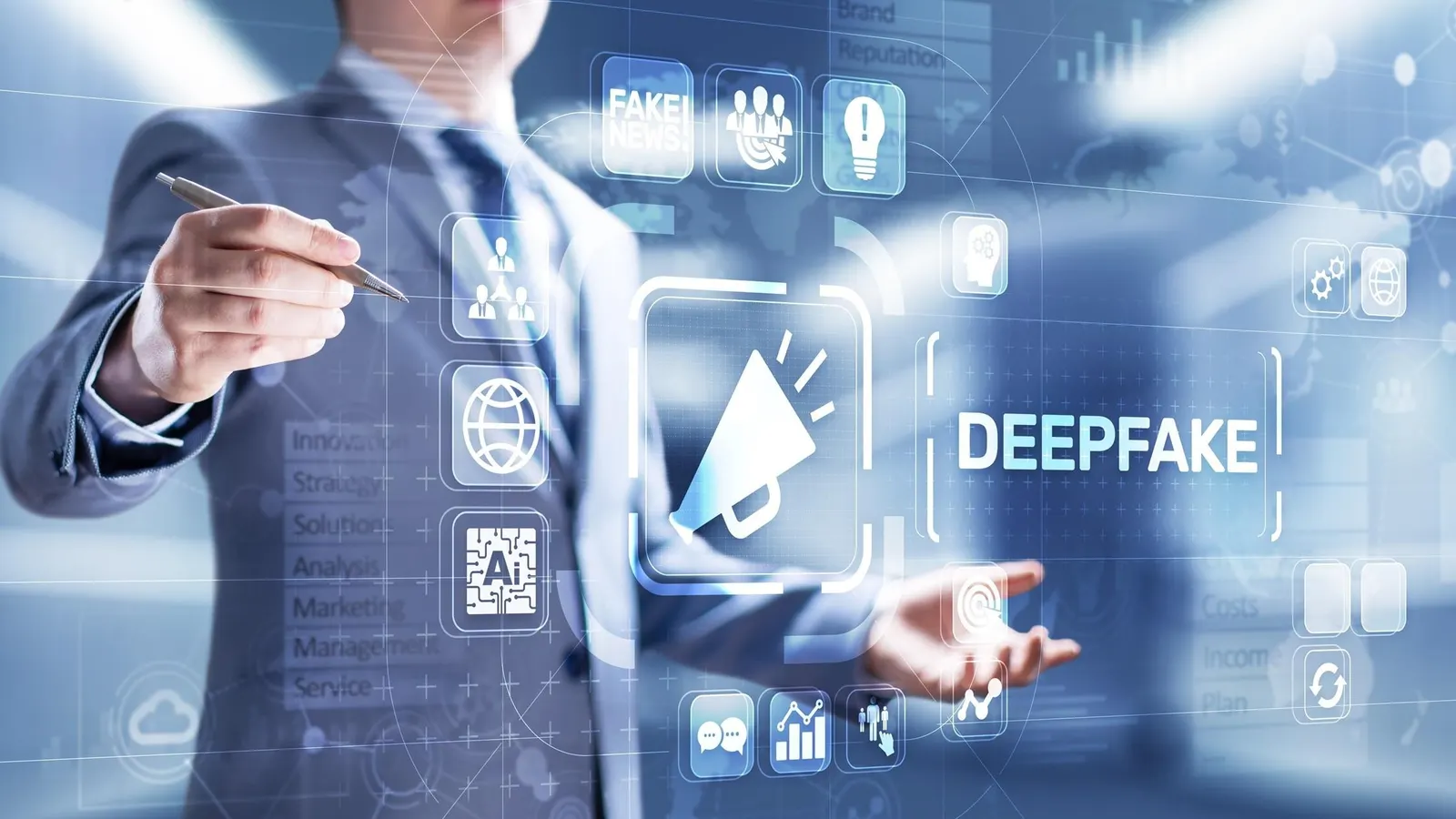- Visual and audio signals, plus metadata, are the basis for identifying synthetic videos.
- Tools like Deepware, Attestiv, InVID, or Hive help with reports and heat maps.
- There is no infallible detector: it combines automatic analysis with manual verification and critical thinking.

We live in a time when the videos generated by artificial intelligence They infiltrate social media, messaging apps, and news at lightning speed, and it's not always easy. separate the wheat from the chaffThe good news is that today there are signals, methods, and tools that help distinguish between authentic content and synthetic or manipulated material. Websites to detect videos created with AI even when the result seems flawless at first glance.
This article brings together, in a practical and very comprehensive way, the best we have seen on the web for detecting videos created with AI: visual indicators, metadata analysis, free and professional platforms, and even legal and manual verification recommendations.
What is an AI-generated video and why does it matter?
When we talk about AI videos, we are referring to audiovisual pieces created or altered with generative models and advanced techniques (such as deepfakes, text-to-video, or hyperrealistic avatars). They can be entirely synthetic clips or real videos with modified segmentsFor example, by convincingly replacing a face or cloning a voice.
The relevance is clear: this content can misinform, manipulate opinions, or damage reputations. According to a survey cited by Amazon Web ServicesA huge portion of online content is already generated with AI, increasing the urgency for reliable verification skills and tools.
Some technologies are already very well known. Sora, the video generator announced by OpenAIIt promises increasingly realistic results, and platforms like Runway and Pika Labs allow users to create clips from text. Meanwhile, avatar services like Synthesia offer highly realistic digital presenters, and there's no shortage of AI editors that retouch authentic footage with unremarkable results. Having this map clear helps you understand where to look when suspicion arises.
Visual and auditory signs that betray a synthetic video
Before seeking help on websites to detect AI-generated videos, your first filter should be observation. Although the models improve, errors or subtle clues still surface if you know where to look. These are common signs in generated or manipulated videos:
- Doubtful lip synchronyThe mouth movement doesn't quite match the audio.
- Strange stare and blinking: dry eyes, staring, or irregular blinking.
- Inconsistent lighting and shadows: reflections that don't fit, backgrounds that "breathe".
- Unnatural facial expressionsWhen laughing, shouting, or showing strong emotions, something creaks.
- Problematic hands and fingers: subtly incorrect anatomy or impossible gestures.
- "Too perfect" aesthetics: a neatness that does not correspond to the context of the video.
The plausibility of the content also matters: an implausible context or an overly spectacular event requires double verification. If it seems unbelievable or very convenient, be suspicious.Compare sources and look for more signs.
How an AI-powered video detector works
Modern detectors combine machine learning, digital forensics, and metadata evaluation. The most comprehensive ones examine several levels of the video. to identify patterns that the human eye misses.
- Upload or link to the videoYou can upload the file or paste the direct URL to start the exam.
- Multiple parameter analysis: visual consistency, movement patterns, digital artifacts, metadata signatures, and compression traces.
- Authenticity Report: probability score, explanation of findings and, if applicable, heat map of suspicious areas.
- Frame-by-frame breakdown: useful when you have to look closely at where the anomalies appear.
Some websites that detect AI-created videos process them in real time or in a few minutes, even for complex videos. High accuracy is mentioned in certain scenarios (above 95%).However, it is worth remembering that no system is infallible and that the results depend heavily on the type of manipulation, the quality of the file, and the duration.

Tools and websites to detect AI-generated videos
In the landscape of websites for detecting AI-created videos, there are free and paid options, simple or professional level. These platforms and utilities have gained traction:
Deepware Scanner
Deepware It offers a free scanner with an option for advanced plans. It allows you to upload a video or paste a link. and returns its verdict in a few minutes, depending on the duration and load of the system.
Attestiv.Video
The free version (with registration) of attestiv It limits you to a few analyses per month and short videos, but It generates an authenticity report with a score from 0 to 100.Various tests indicate that figures above 85/100 suggest a high probability of manipulation, with heat maps highlighting inconsistencies (e.g., blinks or hair contours).
InVID WeVerify
It's not a "one-key" detector, but a browser extension for break down video into keyframes, analyze images, and trace origins. InVID WeVerify It is a must-have for journalists and fact-checkers who want to check manually.
AI-powered edition vs. full generation: it's not the same
It is important to distinguish between AI that speeds up editing and AI that generates the complete video. Tools like Descript, Filmora, or Adobe Premiere Pro use AI to clean up audio, remove silences, or reframe, without creating a video from scratch.
An intermediate step consists of the solutions that generate partial elements (scripts, talking avatars or montages with archive material), such as Google Vids, Pictory or Synthesia, which then require manual retouching.
The final leap is high-fidelity text-to-video, where you type what you want and get a near-final clip. When this phase becomes fully widespread, the verification challenge will be even greater. and the combination of signals and tools will become essential.
Good checking habits for everyday life
Beyond detectors and websites for detecting videos created with AI, critical thinking is key. Apply these routines to minimize risks:
- Be wary of anything too shocking until you verify it with reliable sources.
- Look for the source: official profiles, original channels, publication date, and context.
- Repeat the viewing, paying attention to eyes, lips, hands, shadows, and camera movements.
- Consult fact-checkers like Chequeado, AFP Factual or Snopes when a video goes viral.
- Install the InVID extension if you consume a lot of information on networks and need to filter it quickly.
These practices, combined with an analytical tool when needed, They provide robust protection against audiovisual deception. without becoming obsessed or falling into paranoia.
Formats, performance, and analysis times
In practice, many websites for detecting AI-created videos accept popular formats such as MP4, AVI or MOVas well as direct links to platforms. Response time typically ranges from seconds to a few minutes, depending on the video length and system load.
In some cases, The processing is almost in real time.Especially when a preliminary risk analysis is performed. For comprehensive reports with heat maps and frame-by-frame breakdowns, the wait may be slightly longer.
Data, compliance and transparency
In Europe, regulation is coming in strong: The AI Act will require labeling of generated content It's about providing transparency regarding the origin. This not only helps users, but also standardizes practices in media, advertising, and education.
If you work in an organization, consider an internal policy: Training in verification, proper use of detectors, and expert consultationsSpecialized companies like Atico34 provide support to ensure that all of this is compatible with data protection and legal obligations.
Frequently asked questions about websites for detecting AI-generated videos
- What real accuracy can I expect from an online video detector? It depends on the case, but some services report accuracy rates exceeding 95% for specific formats and manipulations. Even so, remember that deepfakes evolve, and no tool is 100% accurate.
- What video formats are usually supported? Most work with MP4, AVI, and MOV files, as well as direct links from popular platforms. Always check the compatibility list of the service you plan to use.
- Can partially modified videos be detected? Yes. Current detectors can identify AI-altered segments within a real clip, especially through local inconsistencies or artifacts in specific areas.
- How long does an analysis take? It usually ranges from seconds to minutes, varying depending on the length of the video, its complexity, and the system load at that time.
- What types of manipulation do they identify? The most comprehensive ones distinguish between facial deepfakes, voice cloning, style transfers, and synthetic scene-level generation, with varying effectiveness in each category.
In an ecosystem where the artificial and the human already dance very closely together, it's wise to proceed with caution: It combines observation, tools, prudence, and clear verification standards. to avoid falling into traps, and remember that the value lies not in demonizing AI, but in using it responsibly and transparently.
Editor specialized in technology and internet issues with more than ten years of experience in different digital media. I have worked as an editor and content creator for e-commerce, communication, online marketing and advertising companies. I have also written on economics, finance and other sectors websites. My work is also my passion. Now, through my articles in Tecnobits, I try to explore all the news and new opportunities that the world of technology offers us every day to improve our lives.


